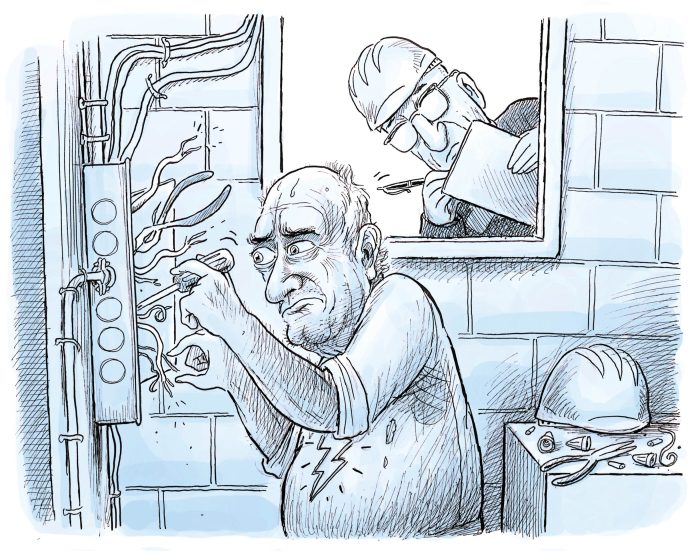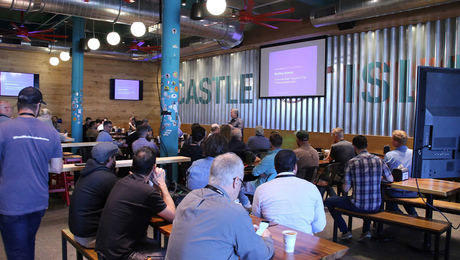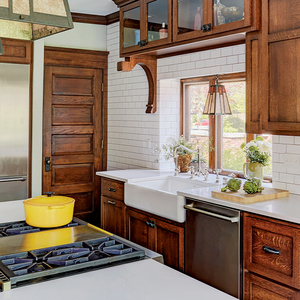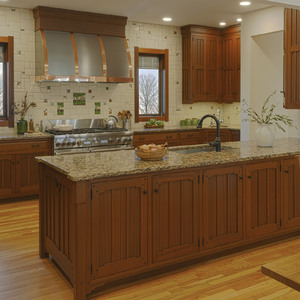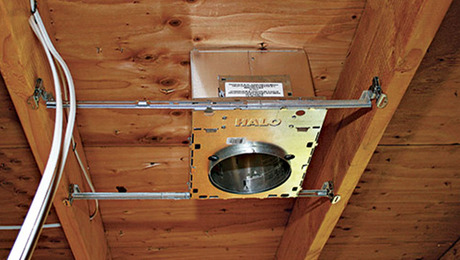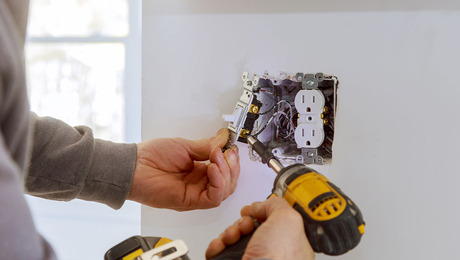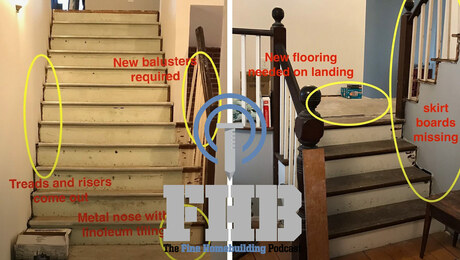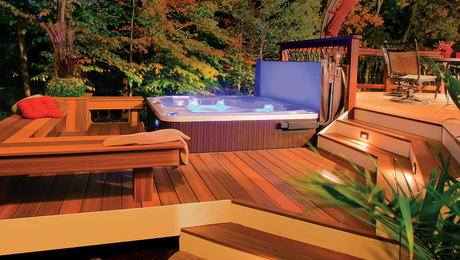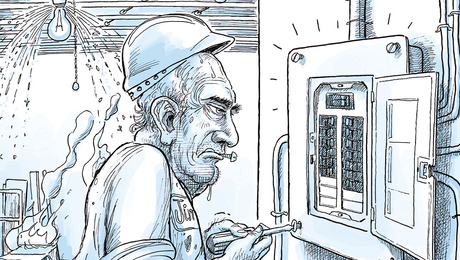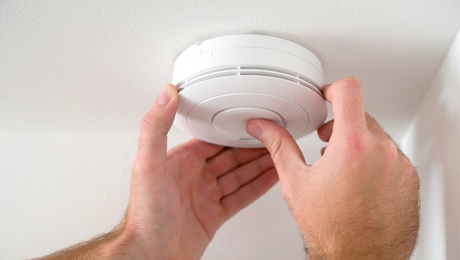Eight Common Electrical Myths and Mistakes
Dangerous electrical work and widespread misconceptions cause fires, deaths, and $1.5 billion in property damage annually.
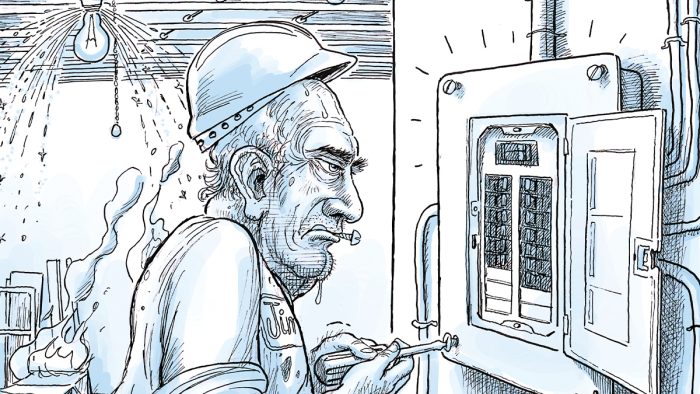
David E. Shapiro, a master electrician with decades of experience, highlights the dangers of poor electrical work and debunks persistent myths about residential systems. He stresses that electrical issues, often hidden or overlooked, can cause fires, injuries, and significant property damage, urging homeowners and professionals to prioritize safety.
Common myths include the assumption that a new panel updates wiring, that modern fixtures are universally safer, and that permits aren’t always needed for upgrades. Shapiro also warns of emerging risks like lithium-ion batteries in e-bikes and emphasizes the importance of proper grounding and surge protection.
High Quality Electrical Work Matters
I’ve been writing about the National Electrical Code (NEC) and working as a master electrician for three decades, so I’ve seen my share of bad electrical work, even in the house I bought a few years ago. While swapping an outlet, I discovered that whoever wired the dining room used a section of #14 cable to connect a pair of receptacles. For decades, the NEC has required kitchen and dining-room receptacles to be powered by a 20-amp circuit, which requires #12 cable. As a result, I rewired much of my house because I felt like I couldn’t trust the wiring.
Unlike a leaky pipe or a broken air handler, which often gets fixed in short order, mistakes and poor workmanship resulting in bad electrical work can escape notice until someone gets hurt or there’s a fire—an alarmingly common occurrence. According to the U.S. Fire Administration, in 2022 there were more than 26,000 residential electrical fires, resulting in 185 deaths, 850 injuries, and $1.5 billion in property damage. If you’re looking at an electrical system for a client, a house you’re considering buying, or your own home, there are a few obvious things you should address right away.
Lights that flicker and weird noises or smells coming from panels, fixtures, or devices are all serious danger signs and should be looked at right away by a qualified electrician. Lights that dim when equipment turns on, aluminum wiring on 15-amp and 20-amp circuits, and rubber-and-cloth insulated wiring should also be evaluated for safety. It’s wise to replace any Federal Pacific Electric service panels, which are known to have unsafe circuit breakers. Knob-and tube-wiring should be looked at as well.
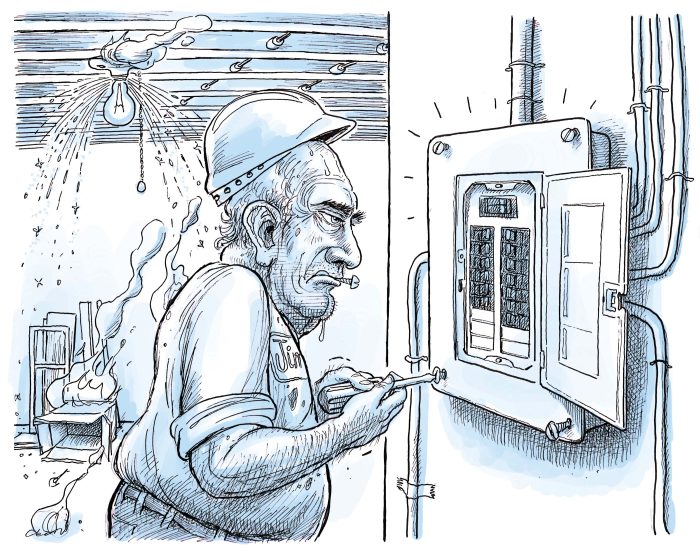
These are pretty obvious problems to even nonelectricians, but there are other, less obvious issues that can be costly to fix. There are also a few misconceptions that make electrical work needlessly expensive. In this article, I’ve debunked eight myths that might save you or your clients some money—and keep them safe.
The 2022 Inflation Reduction Act includes $8.8 billion for electrical upgrades when installing high-efficiency electric appliances, HVAC equipment, and charging equipment for electric vehicles. It’s a good time for homeowners to make upgrades and at the same time modernize and check their entire electrical system. So keep these things in mind when making changes or upgrades.
Myth 1 — A new electrical panel means new wiring.
Reality: Two relatively easy replacements can make an electrical system look new without further investigation. One is the service—specifically, the electrical panel. The other includes the wiring devices, such as switches and receptacles.
Unfortunately, the pieces that are most deteriorated and in need of replacement in an electrical system tend to be hidden in walls and ceilings. This also makes them the most time-consuming (and expensive) to fix and the least likely to be corrected with a service upgrade. I wish it were true that a new panel automatically updated all wires.
Unfortunately, replacing panels and devices sometimes increases the hazards in the old system that are not replaced. Basement and attic wiring often includes wires and boxes in easy-to-see spots and can make it appear as though the whole house has been rewired, but just because the work you can see looks new doesn’t mean the whole house was rewired or that the work was done correctly.
Both amateurs and professionals are more likely to replace parts of the electrical system that are easy to get to. Checking behind wall plates can reveal old wires as well as questionable connections, which are often evidence of amateurish work.
When I read a listing or hear a real estate agent say an electrical system is “recently updated,” I wonder who did the work and what they did. I go to the town building department (or website) and look for recent permits to see what work was permitted and if it was inspected after completion.
Myth 2 — Modern light fixtures are safer than older ones.
Reality: Sometimes modern fixtures can be safer, but you have to be very careful when picking fixtures. The problem is that most modern lighting fixtures specify the insulation on conductors powering the fixture to be rated for a temperature of 90°C (194°F), which was first required in the 1984 NEC.
Open lamp holders, track lights, and chandeliers are often OK to connect to pre-1984 house wiring. LEDs are not. Despite being more efficient than other lights, LED components nearest the house wiring often get very hot, increasing the risk of a fire. Also, a fixture canopy (the metal piece separating the bulb from the building wire) designed for modern wiring might not have as much space for dissipating heat as older light fixtures.
The safest solution is to check the fixture for the required wiring (the label is often under insulation on the fixture housing) and make sure the existing house wiring is compatible with the fixture. You may need to select another fixture or replace the wiring powering the fixture.
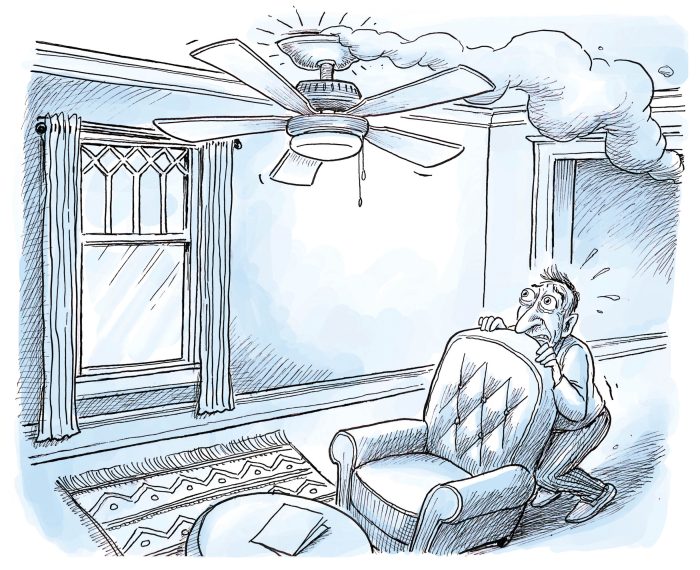
Myth 3 — Some remodeling projects don’t require an electrical permit.
Reality: The client or amateur electrician might say a basement-finishing project or kitchen facelift won’t require electrical permits or inspections. That’s possible but not probable. Changing an unfinished basement to any kind of habitable space includes electrical requirements for receptacles, lighting, and more.
Permits and inspections reduce the risks that come with power strips, extension cords, and makeshift lighting. Even the most modest kitchen upgrade often includes additional countertops or new appliances and resultant changes to the kitchen’s electrical system. Even in places where building and mechanical permits are expensive, residential electrical permits are usually a few hundred dollars or less, which seems like a reasonable sum to protect lives and property.
Conversely, skipping permits can be awfully expensive. While replacing my electrical panel one Sunday, I discovered a utility representative by my empty meter socket, peering in the window. I showed him my permit and everything was fine. But suppose I didn’t have one—I’m guessing the utility and building department would stop the project until the proper permits were secured, and what electrician is going to take legal responsibility for someone else’s work?
Even worse, suppose something bad happens resulting from an upgrade performed without a permit. I’m guessing that the utility would shut off the power and the GC or property owner could be on the hook for fines and damages. My suggestion is to call or email the local building department and get the required permits—always.
In addition to the reasons mentioned above, an electrical permit and subsequent inspection provide some assurance that the job was done correctly. Some workers (even the nicest, friendliest ones) cut corners, especially when there’s no inspection. For decades, I’ve been called to repair dangerous electrical work that seemed fine when the bill was settled, because even though it was unsafe, everything appeared to work correctly.
Myth 4 — Adding circuits means replacing the panel.
Reality: When a load center doesn’t have empty spaces for new circuits, some electricians may suggest a new, bigger electrical service, and it might be for good reason. But suppose the electrical panel is healthy—in that case, the simplest solution is to add a subpanel, one with as many spaces as you can imagine ever needing.
This assumes the main service will support the additional power requirements and that the service entrance components are in good repair. Projects like switching from heating-fuel-powered appliances to electrical ones or building large additions will likely require a new 200-amp or larger service. A good electrician can determine what upgrades will do the job. If the panel is rusty, poorly installed, or an outdated brand—especially with a reputation like the Federal Pacific Electric Stab-Lok brand—replace it.
Myth 5 — A properly wired home electrical system protects from lightning.
Reality: A home’s grounding electrodes and the wire connecting them to the panel are meant to dissipate electrical energy from lightning, but a nearby strike can still cause problems such as damaged equipment and appliances, melted wires and devices, and even house fires.
A friend of mine had to swap out his dishwasher’s circuit board because of a lightning strike somewhere nearby to the tune of a few hundred dollars just for the replacement part. You might expect that a circuit breaker would have protected his dishwasher, but lightning protection is not its job. Standard circuit breakers respond to overcurrent, not overvoltage.
GFCI and AFCI breakers respond to ground faults or electrical waveforms typical of short circuits. All three circuit-breaker types can be damaged by lighting because they react too slowly to protect themselves. The 2023 NEC now requires protecting residences from overvoltage with surge protective devices (SPDs), but earlier codes did not.
My suggestion is to spend $200 to $300 and install a whole-house surge protector, as even a minimally damaging lightning strike will cost far more to fix and be very inconvenient, especially if a well pump or HVAC system is affected. I’ve used SPDs for years to reduce risk, but not every electrician installs or suggests them as a matter of course.
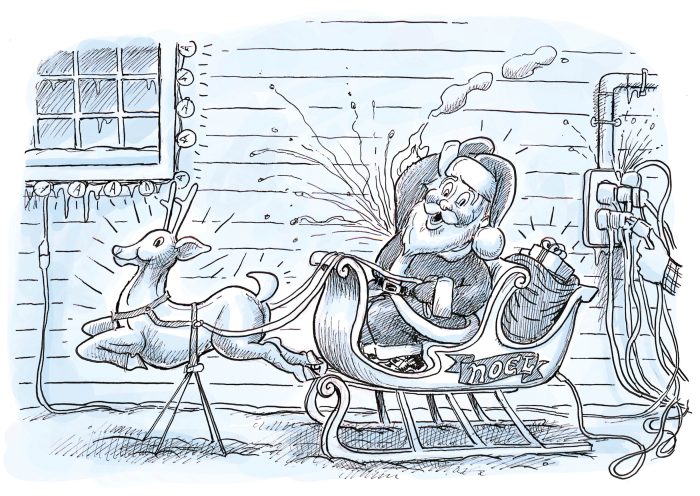
Myth 6 — Regular Romex-type cable is fine outdoors if it’s protected by the structure or conduit.
Reality: Nonmetallic sheathed cable (NM cable) is not tested for its resistance to ongoing UV exposure or water. Even if you put it into a well-sealed underground conduit, the cable is subject to water accumulation and high humidity.
Instead of NM, use UF (underground feeder) cable, which is approved for direct underground installation as well as sun and water exposure. As you might expect, UF is more expensive than NM and is more difficult to strip and work with because of the tough, solid plastic insulation that protects the conductors.
Myth 7 — Exterior conduit makes electrical upgrades easy.
Reality: You’ve probably seen exterior PVC conduit running on the outside of a building to feed a subpanel or air handler on another floor. When aesthetics are not the primary concern, this is a great solution to avoid breaking open walls to run wires, but it’s not as easy as simply running plastic pipe from point A to point B.
Plastic conduit gets longer when it’s hot and shrinks when it’s cold. More than 1⁄4 in. of movement can pull apart or push together the conduit, exposing the conductors inside or pulling them loose. I’ve seen this happen many times, even once at a hospital.
A good electrician can determine if an existing or planned run is safe by measuring its length and researching the thermal coefficient of expansion for the area. You may have to add expansion or deflection fittings, add bends, or change how the conduit is routed to make it safer.
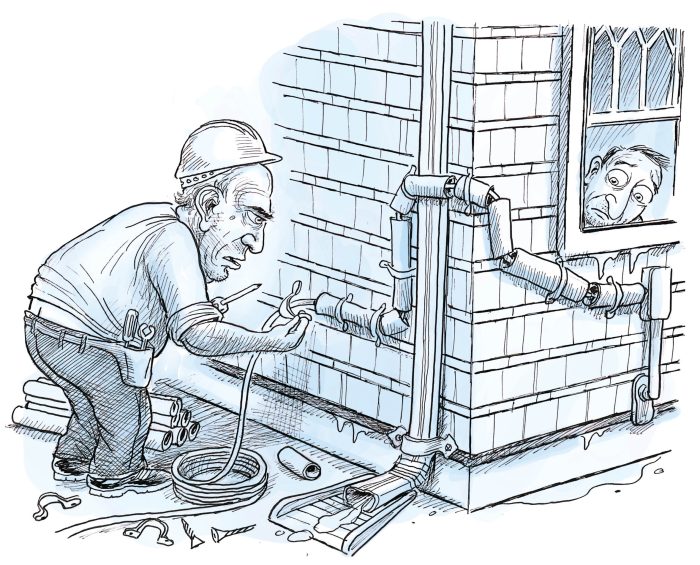
Myth 8 — Electrical fires are less common in a modern house.
Reality: Until a few years ago I might have agreed with this one, but in recent times “personal mobility devices”—electric bikes, scooters, and hoverboards—have led to serious structural fires, some fatal. If you, your kids, or your clients are storing these items inside, you may be taking risks you haven’t considered.
The big hazard is battery self-ignition. This is more likely when the battery and charging system aren’t tested by a recognized third-party lab, like Underwriters Laboratory. Standard UL 2272 covers hoverboards and electric skateboards and UL 2849 covers e-bikes.
The cell separators inside lithium-ion batteries are thin and fragile. When damaged they can start a fire that burns hot and is difficult to extinguish. Unfortunately, many electrical personal mobility devices are not tested in an approved lab. Even if they are, these devices get pretty beat up—think wheelies, collisions, and the number of times the device is dropped. I suggest buying UL-tested items from reputable companies and storing and charging them in a fire-separated garage or outbuilding.
— David E. Shapiro is a master electrician, writer, and safety advocate with over 40 years of experience in electrical work. Drawings by Adam Zyglis.
From Fine Homebuilding #329
RELATED STORIES
